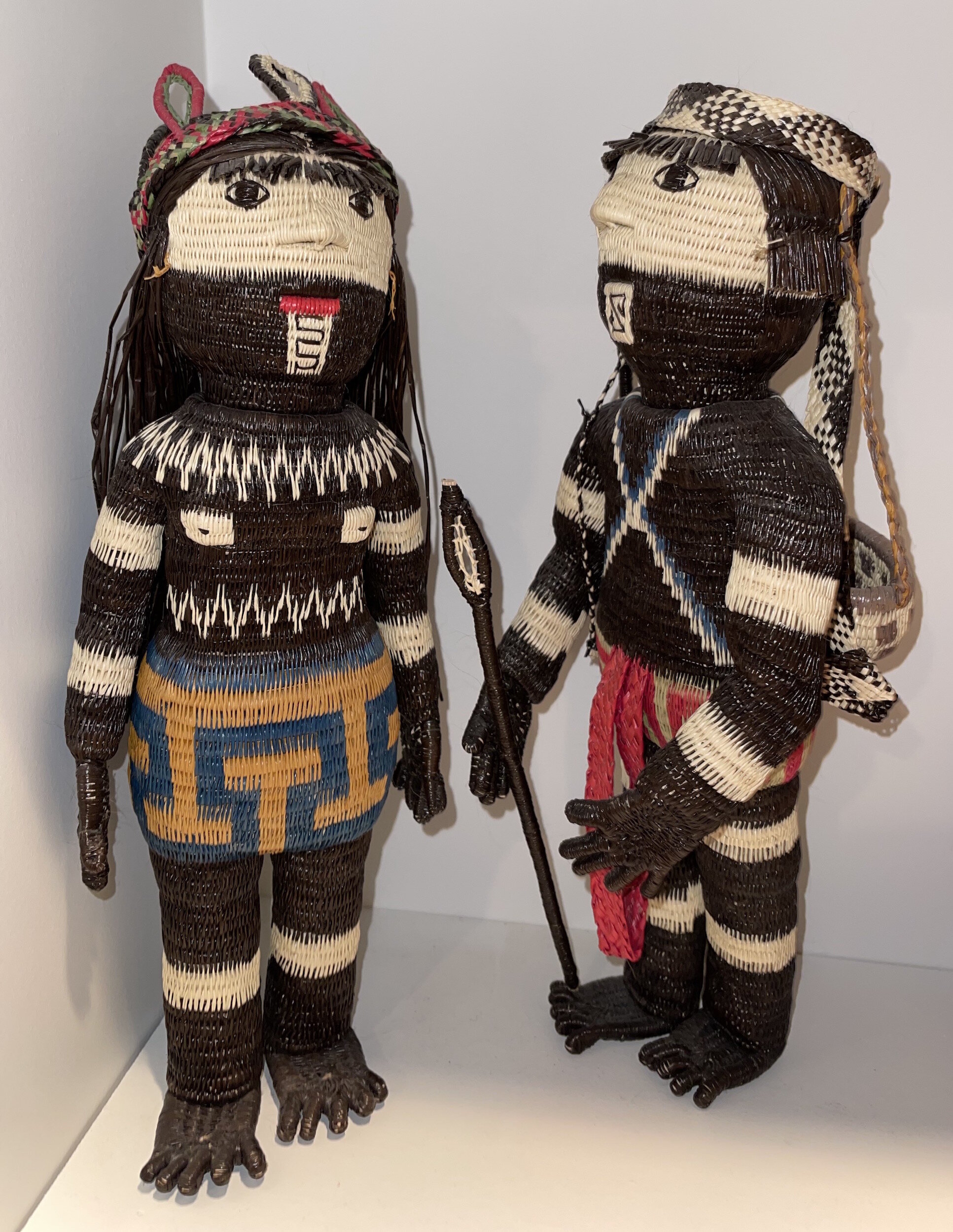For nearly 20 years my parents slept under the quilt I made for their 40th anniversary. Last year my parents finally downsized and in the process bought a new bed and the quilt that I made them was no longer wide enough for them to use. So my mother returned my gift for my safe keeping. In August, Lord willing, my parents will celebrate their 60th wedding anniversary.
I started out in traditional quilt making in 1987. I fell in love with quilting through the endless possibilities of traditional blocks with their beautiful geometric forms and plays on values. Unlimited color combinations provided even more potential for creativity. My biggest challenge in making a quilt for my parents was their decidedly different color preferences. My father LOVES bright, vibrant colors! My mom loves beige. (Sorry Mom, but its true!) But I believe combining the hot pinks, purples, reds and oranges with the beautiful creams, beiges, taupes and soft blacks created a very successful composition
“Romantic Nights” 2002, 87.5” by 102.5” commercial cottons, cotton batting, long arm machine quilted by Roz Waterworth
From The Block Book by Judy Martin
This block, “Silver Threads & Golden Needles,” was designed by Judy Martin and published in her book, “The Block Book” by Crosley-Griffith Publishing Company in 1998. It is a great book filled with original designs giving a little twist on traditional blocks. Each of these blocks has 53 pieces to cut and sew back together. And I have always adored triangles! I actually made two quilts using this block. I love the challenge of the precision in both cutting and sewing the pieces so that you do not lose a single point. Yes, I am a bit obsessive. I actually think many quilters are. I mean really, we take perfectly beautiful fabric, cut it all up and sew it back together. If that’s not a sign of obsession I don’t know what is, but I digress.
Note that all the fabrics are commercial fabrics, and not a one of them is a true solid! Before I studied with Nancy Crow I used solid fabric only in sashings and bindings. The center of each star is a beautiful batik fabric I bought that inspired the bright color part of the palette, and every neutral is tone-on-tone or patterned.
I am blessed to have such wonderful parents who have enriched my life in so many ways. They have been a wonderful example of a loving and mutual supportive marriage And I am so appreciative of how much they have supported and encouraged me as an artist through all these years. My only bigger fan is my husband. I still have a large collection of patterned commercial fabrics that I plan to use again some day. My husband and I are coming up on our 30th wedding anniversary in June and we have been sleeping under the same two quilts all these years. Thinking it may be time for something new.































